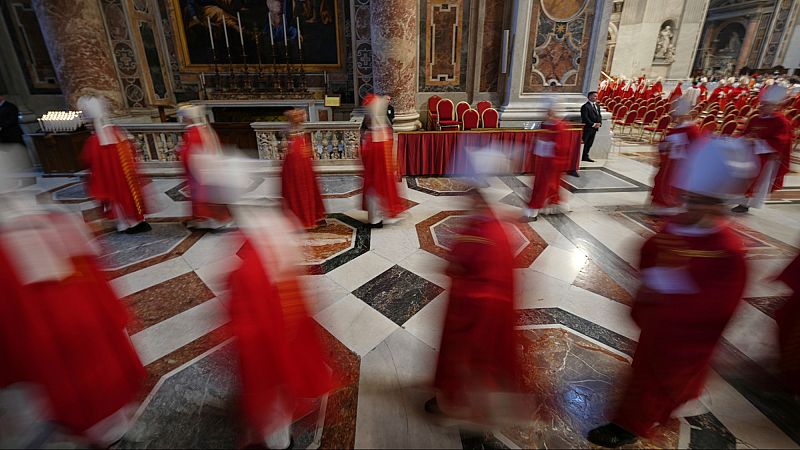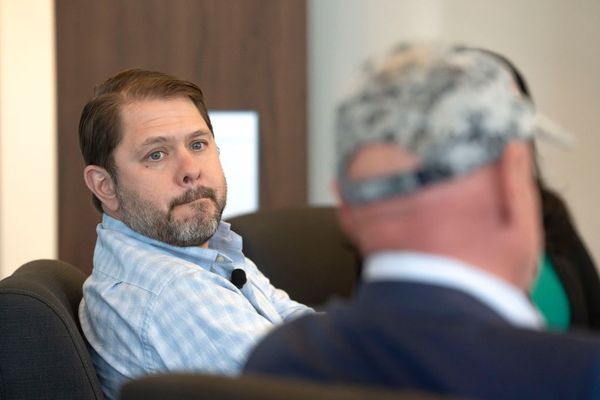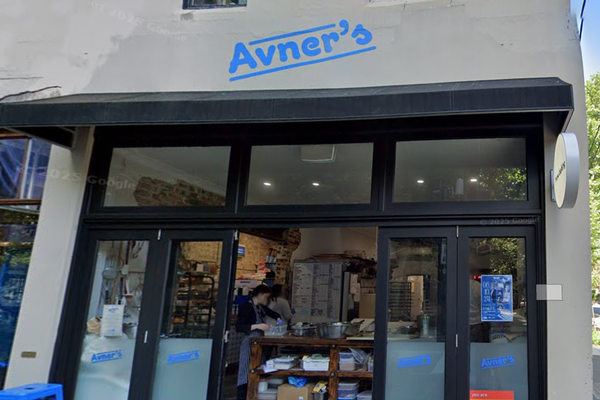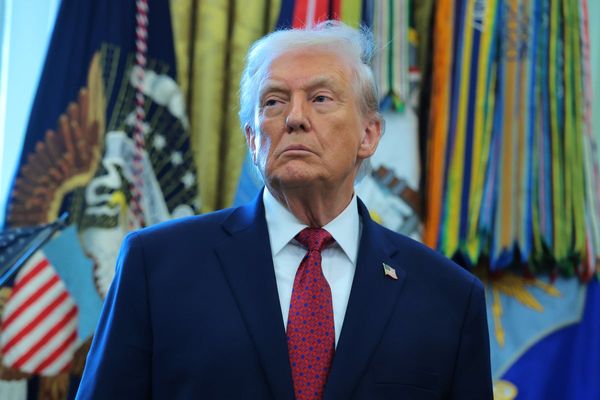
While the world continues to mourn Pope Francis following his death on Easter Monday, preparations are underway to secure various buildings around Vatican City for the vote for his successor.
The conclave will begin on Wednesday, some 16 days after the Pontiff’s death, to allow for mourning and preparations.
In the confines of the Sistine Chapel in the Vatican, around 133 cardinals from around the world will vote on who should take over the leadership of the Catholic Church.
In the past, Vatican City and Italian authorities have relied on anti-drone technology, electronic jammers, and ancient oaths to maintain the election’s integrity.
Given the tech advancements in the 12 years since the last papal election in 2013, what security measures will likely be put in place to avoid technological breaches of the secretive process?
No-fly zone and anti-drone measures
For Pope Francis’ funeral, Italian newspaper Corriere della Sera reported that Italian authorities had anti-drone "bazookas" on hand, "ready to neutralise any drones that might appear" over Rome. That was in case drones breached a no-fly order that is already in place.
The newspaper also indicated that the anti-drone technology was to be used with ground tech, like computer jamming systems to disturb frequencies and telephone communications.
Euronews Next reached out to Italy’s Ministry of the Interior to independently confirm these measures were in place for the funeral and whether the no-fly zone would be extended during the papal election, but did not receive a reply at the time of publication.
Two main security teams look after the Vatican: the Pontifical Swiss Guard and the Gendarmerie Corps of Vatican City State.
A spokesperson for the Swiss National Guard said they will not be providing any information about security procedures at the conclave due to "the sensitive nature of [their] responsibilities".
Euronews Next did not receive an immediate response from the Gendarmerie.
Tech used in the past to prevent leaks
While some of the current security preparations are secret, we can learn from what papal authorities put in place in 2013, when Jorge Mario Bergoglio was elected as Pope Francis.
A report from Reuters in 2013 said that workers laid down a "false floor" over the tiles in the Sistine Chapel, where the vote takes place, with electronic jammers to block any signals coming out of the chapel.
At the time, the report said Vatican officials also swept the chapel and the guest house where the cardinals stay with anti-bugging scanners to make sure no hidden microphones are in place.
A report from Italian newspaper La Stampa at the time said that a Faraday cage was also installed around the Sistine Chapel to block bug signals.
The cage is a metal screen or container that blocks any electrostatic or electromagnetic radiation from getting through the exterior.
In 1996, former Pope John Paul II set down rules that banned electronic organisers, radios, newspapers, TVs and recorders were banned as a result.
The rules also ask the Camerlengo, the temporary head of the Church, to conduct "careful and stringent checks" with "trustworthy individuals of technical ability" to make sure that no audiovisual equipment has been “secretly installed” to record and transmit to the outside.
An old oath of secrecy
Another anti-leak strategy is the several sworn oaths that those involved have to take.
Staff, officials and the conclavists have to declare a few days before entering the conclave that they "promise and swear… [to] not use any kind of transmitter or receiver or any photographic equipment," even after the election of the new pope unless they are granted "special permission and explicit authorisation" to do so.
A similar oath of secrecy is said during the first meeting of the conclave, where they promise to "maintain scrupulous secrecy concerning everything discussed in the meetings of the cardinals, whether before or during the conclave and concerning everything that in any way relates to the election of the Roman Pontiff".
During the conclave, electors are not allowed to send letters, writing, or anything printed to their fellow cardinals, nor outside. Conclavists also don't have access to newspapers while the discussions are going on.
Anyone who breaks the various oaths faces immediate excommunication by the Apostolic See.
Taking the oath doesn’t mean that information about the process won't still be leaked.
In 2005, a German cardinal leaked the selection of Joseph Ratzinger for pope to German media so they were able to report the choice before the protodeacon was able to say the habitual declaration "Habemus papam" - "we have a pope".
Pope Francis himself broke the longstanding confidentiality rule through his book published last year, where he alleged to have been used in a failed attempt to block Pope Benedict XVI, the 2005 frontrunner.







